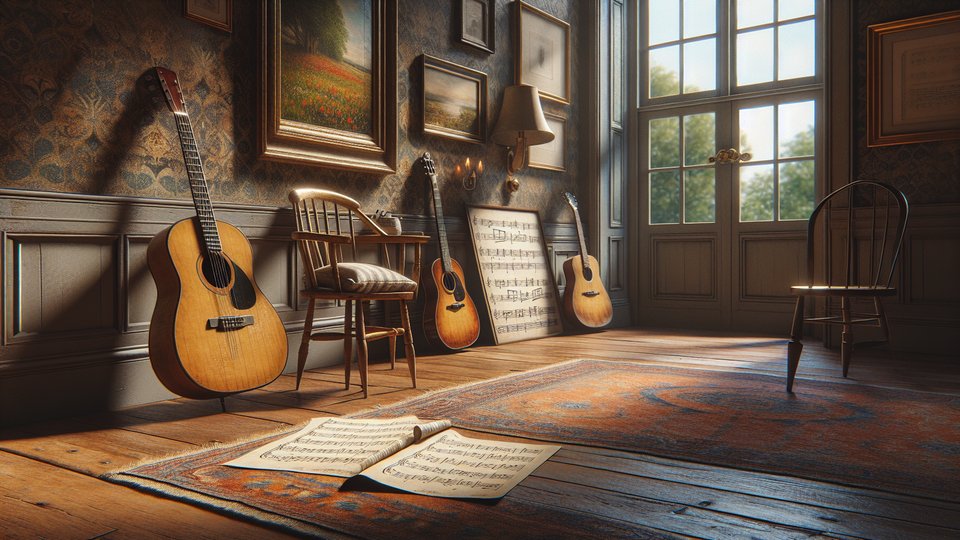
Learning scales is a fundamental aspect of mastering the guitar.
Learning scales is a fundamental aspect of mastering the guitar. Whether you are a beginner or a seasoned player, incorporating scale practice into your routine is crucial for improving your skills and musicality. However, simply running up and down a scale pattern mindlessly is not the most effective way to practice. To truly benefit from scale practice, you need to approach it with focus and intention. In this post, we will discuss how to practice guitar scales the right way to maximise your progress.
First and foremost, it's essential to understand the structure of the scale you are working on. Knowing the intervals within the scale will not only help you memorise the pattern but also enable you to create your own musical ideas using those intervals. Utilise online tools such as a triad visualisation tool to help you see the relationship between the scale and basic chord structures.
Next, familiarise yourself with the notes on the fretboard. A tool for learning the notes of the fretboard can be incredibly useful in this regard. Being able to identify the notes as you play the scale will deepen your understanding of the instrument and improve your overall musical knowledge.
Ear training is another crucial component of scale practice. As you play through the scale, try to sing or hum the notes along with your playing. This will help develop your ear and improve your ability to recognise intervals and melodies by ear.
Instead of relying solely on scale patterns, try incorporating arpeggios into your practice routine. Arpeggios are broken chords that can add depth and colour to your playing. By combining scales and arpeggios, you can create more interesting and musical phrases.
While some guitarists swear by the CAGED system for scale practice, I prefer to recognise triads all over the fretboard. Triads are the building blocks of chords, and understanding their placement within a scale can open up a world of possibilities for your playing.
In conclusion, practicing guitar scales the right way requires focus, intention, and a well-rounded approach. By understanding the structure of the scale, familiarising yourself with the fretboard, training your ear, incorporating arpeggios, and recognising triads, you can take your playing to the next level. So, next time you pick up your guitar, approach scale practice with purpose and watch your skills flourish.

Remember, practice makes perfect, and with the right approach, you can make significant strides in your guitar playing journey. Keep challenging yourself, stay disciplined, and most importantly, enjoy the process of learning and growing as a musician.
